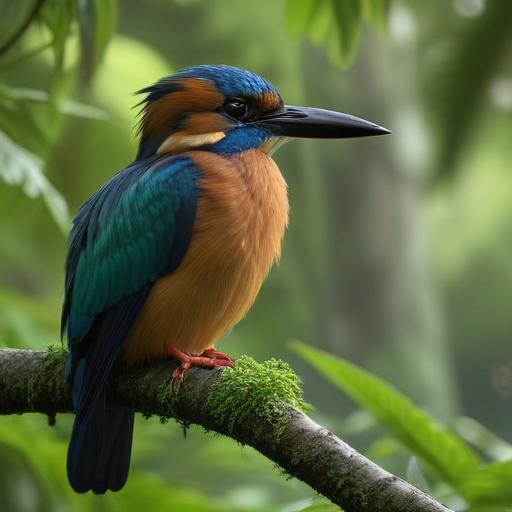The Guam kingfisher, a bird that was once extinct in the wild, is thriving in its new habitat following a successful reintroduction initiative. Scientists have observed nests with eggs on Palmyra Atoll, which marks a significant milestone for these birds, as they were raised in captivity until last year.
Martin Kastner, a biologist involved in the reintroduction project, expressed his excitement, stating that the kingfishers are now foraging, nesting, and laying eggs independently for the first time since 1988. This development is not just a win for the Guam kingfisher but serves as a reminder of the importance of biodiversity for our planet.
Kastner shared that three mated pairs are currently incubating eggs, with signs that a fourth pair may soon follow. Additionally, there are plans to release nine more kingfishers onto Palmyra Atoll in the coming fall, aiming ultimately to restore them to their native Guam habitat.
The success of the Guam kingfisher aligns with other rewilding endeavors around the world, such as the reintroduction of big cats in South Africa and the Persian onager in Saudi Arabia, showcasing the potential for conservation efforts to bring species back from the brink.
Kastner highlighted the emotional significance of this moment, reflecting the shared commitment of zookeepers, biologists, and the people of Guam. The revival of the Guam kingfisher is an inspiring testament to the power of conservation and provides a hopeful outlook for similar efforts around the globe.
